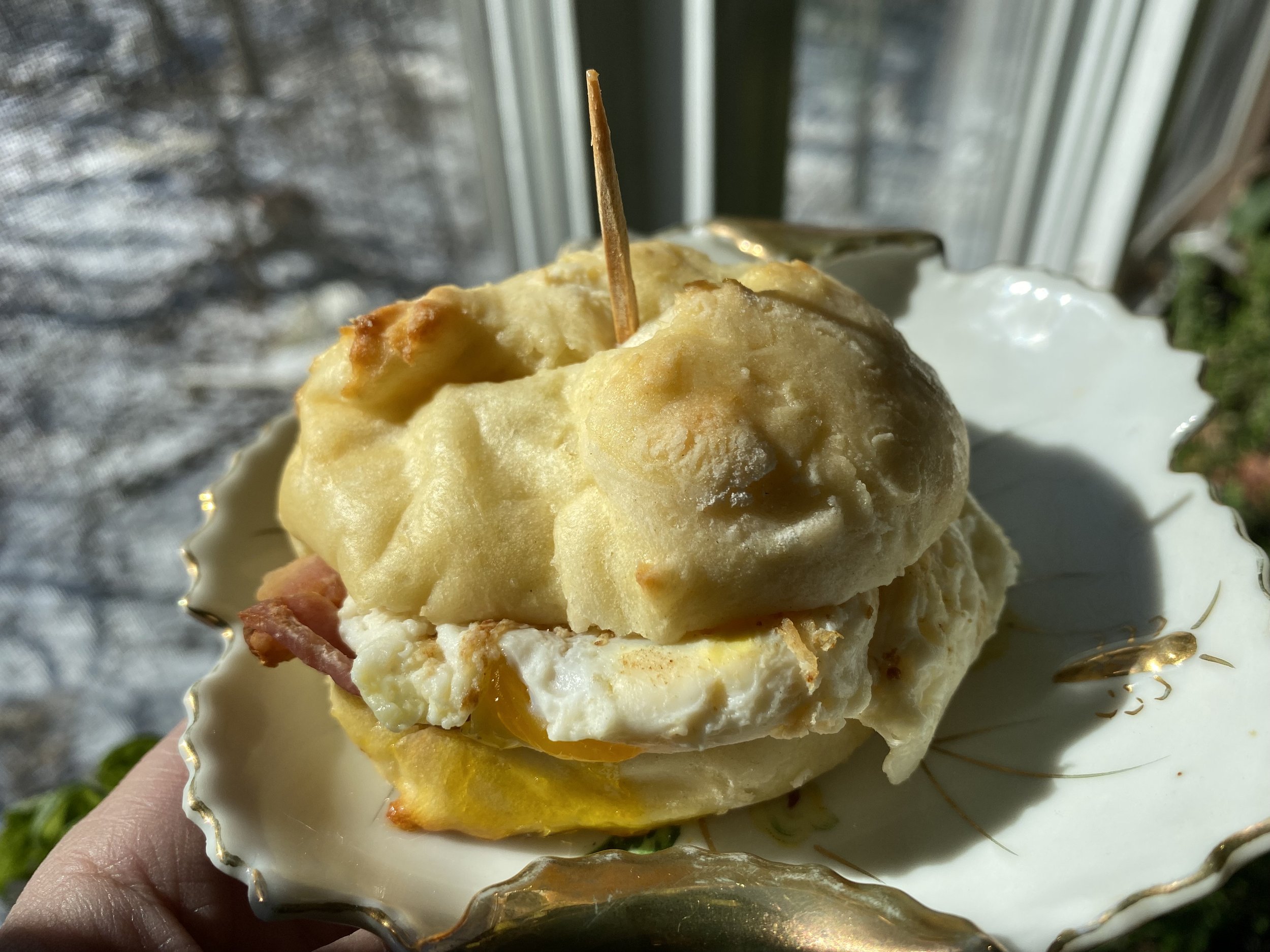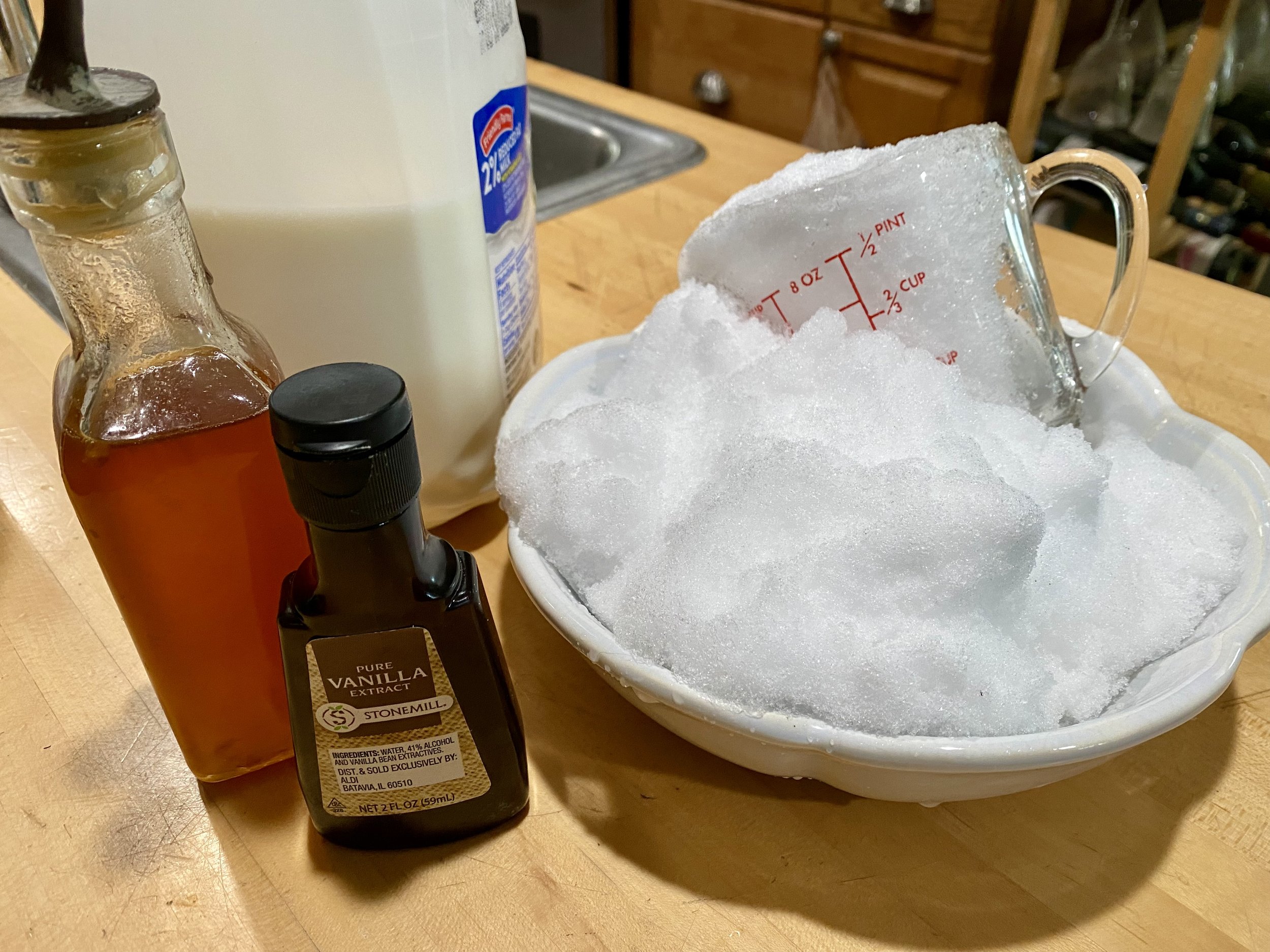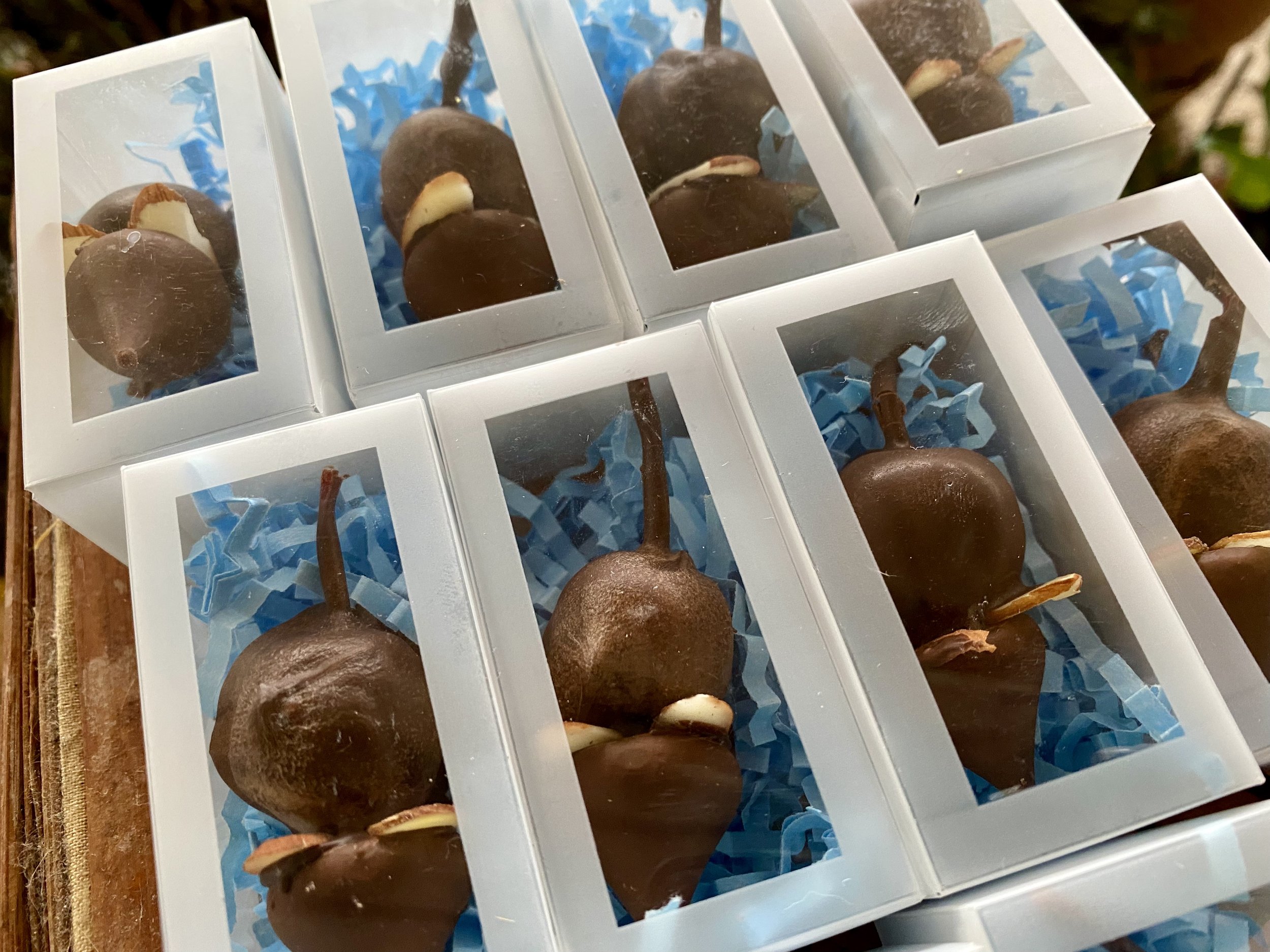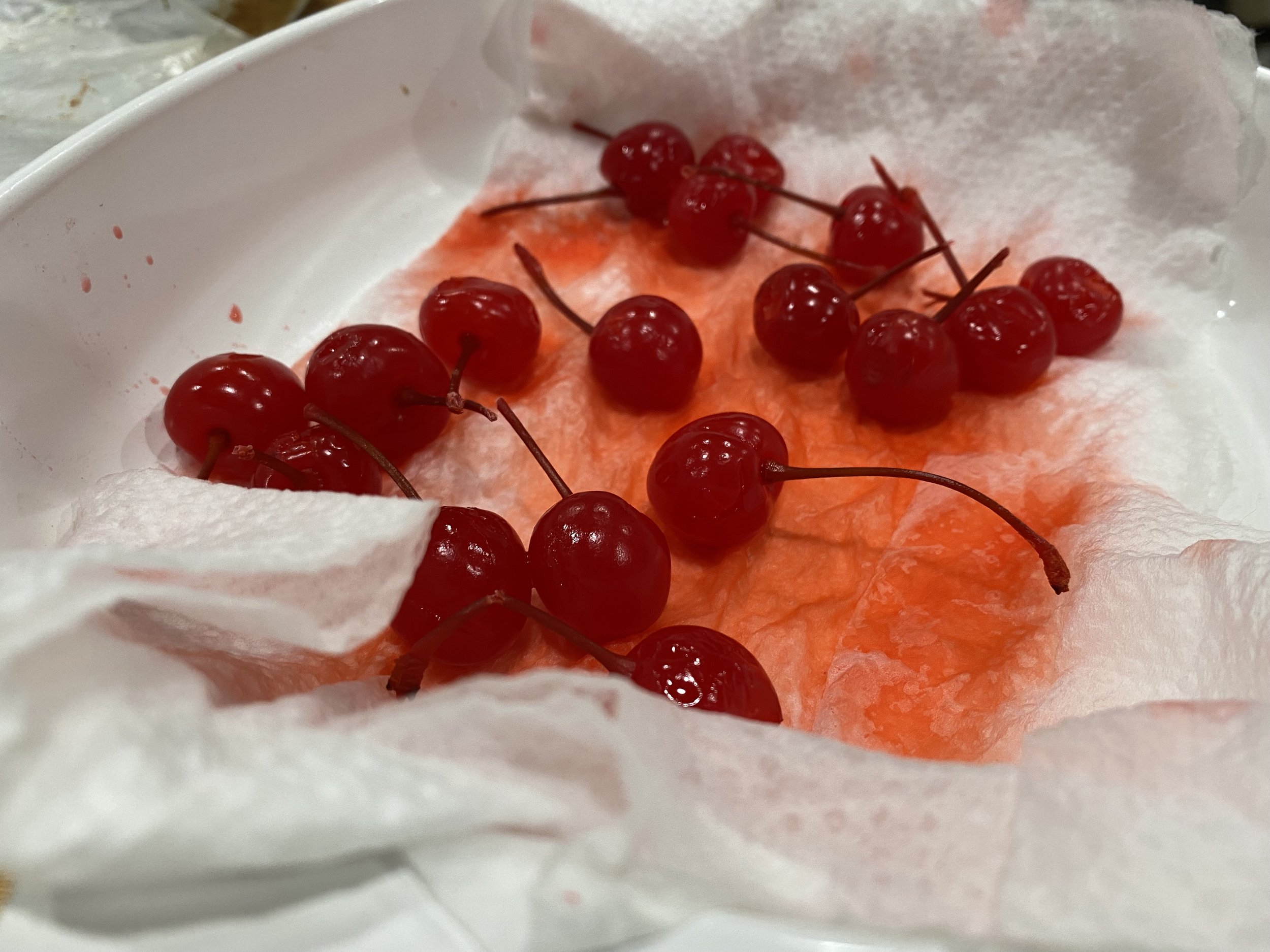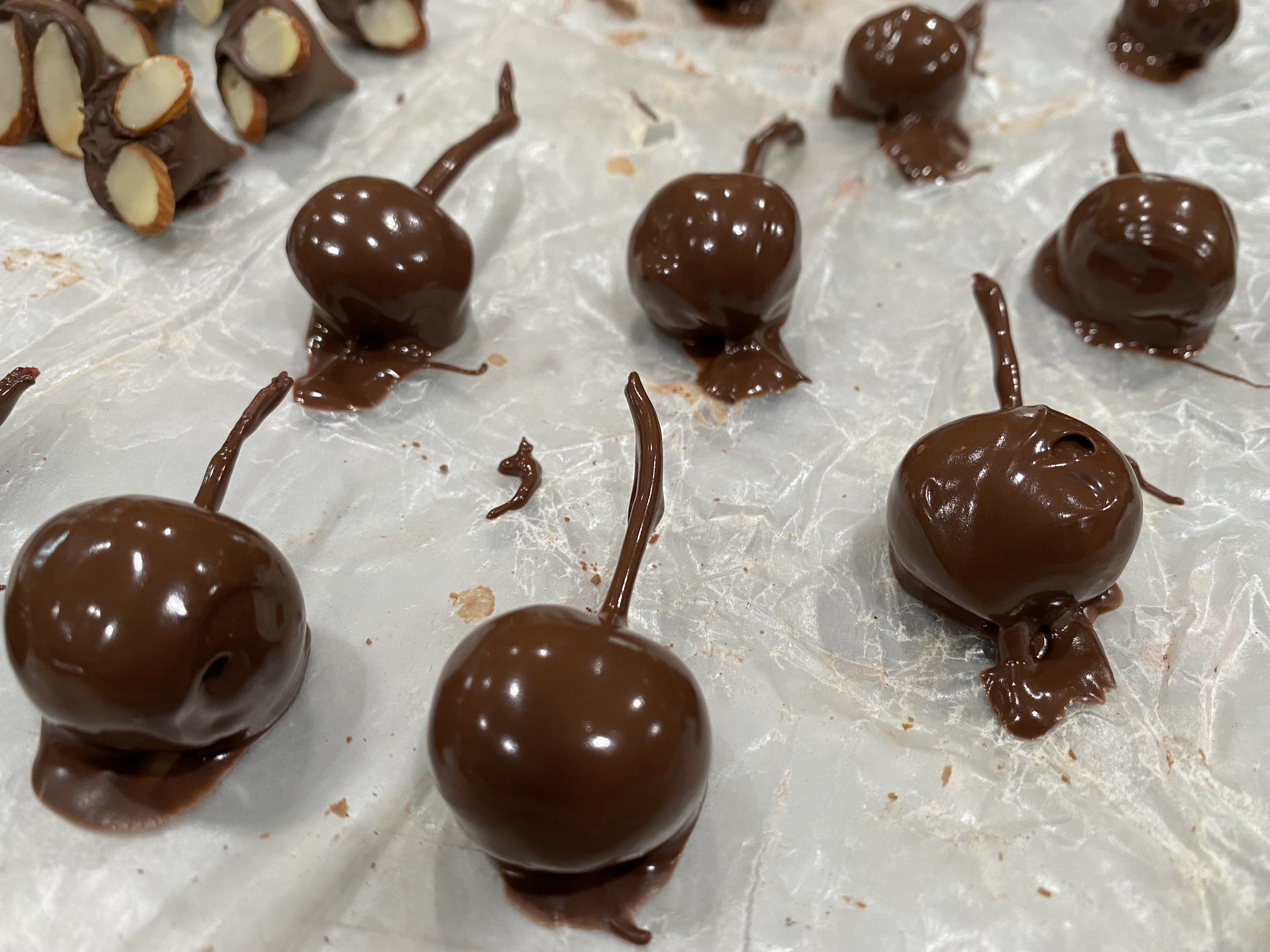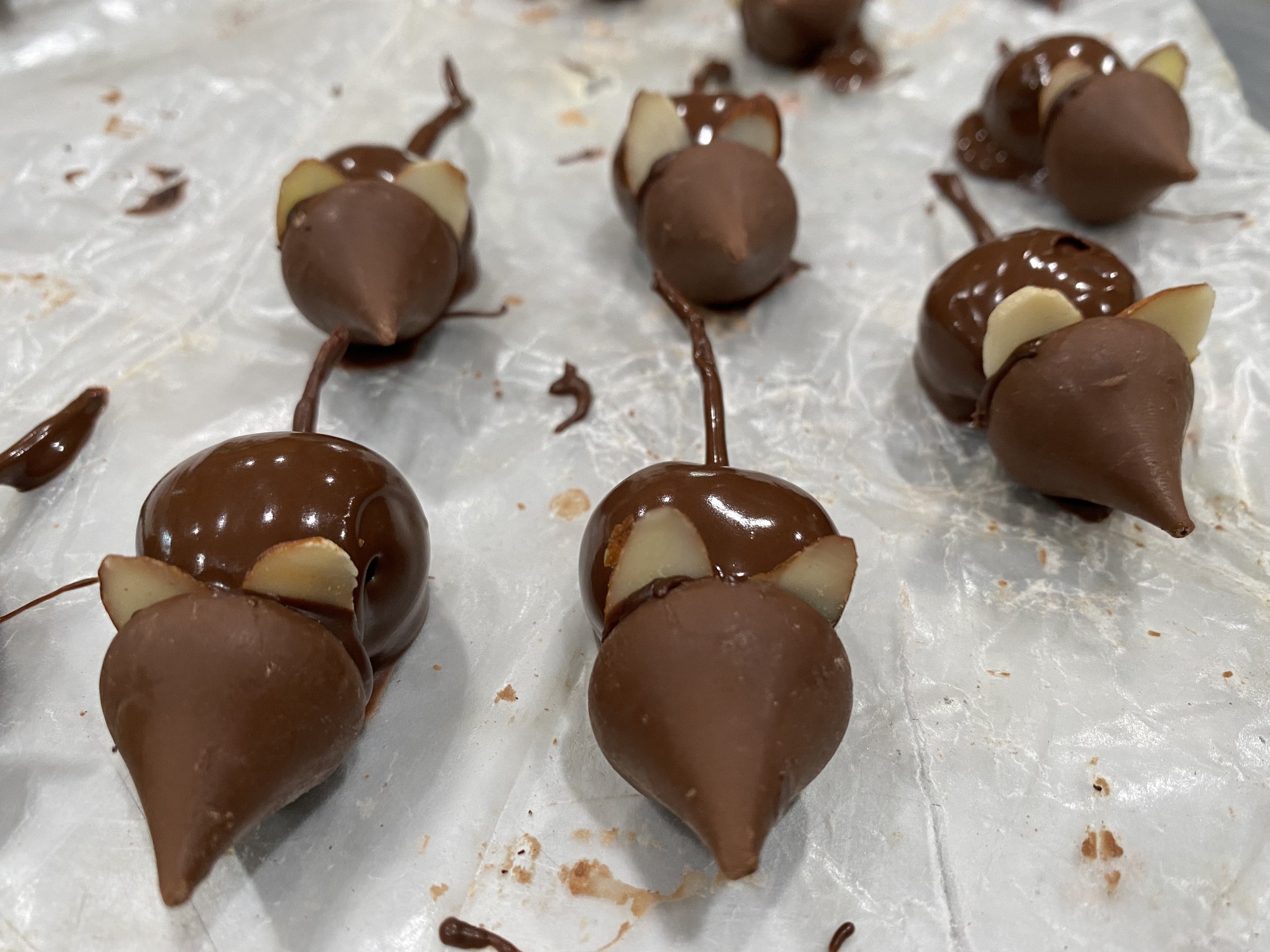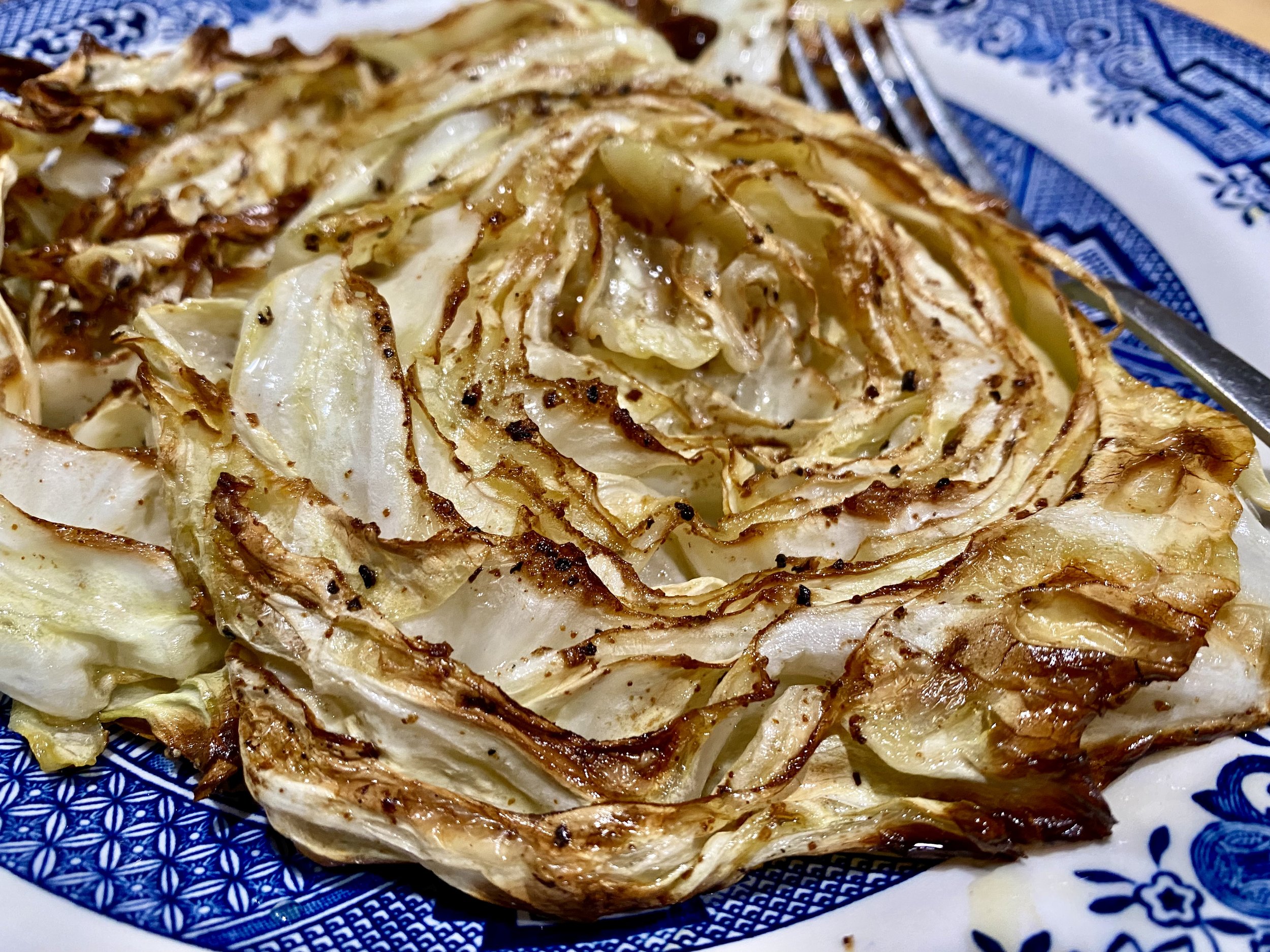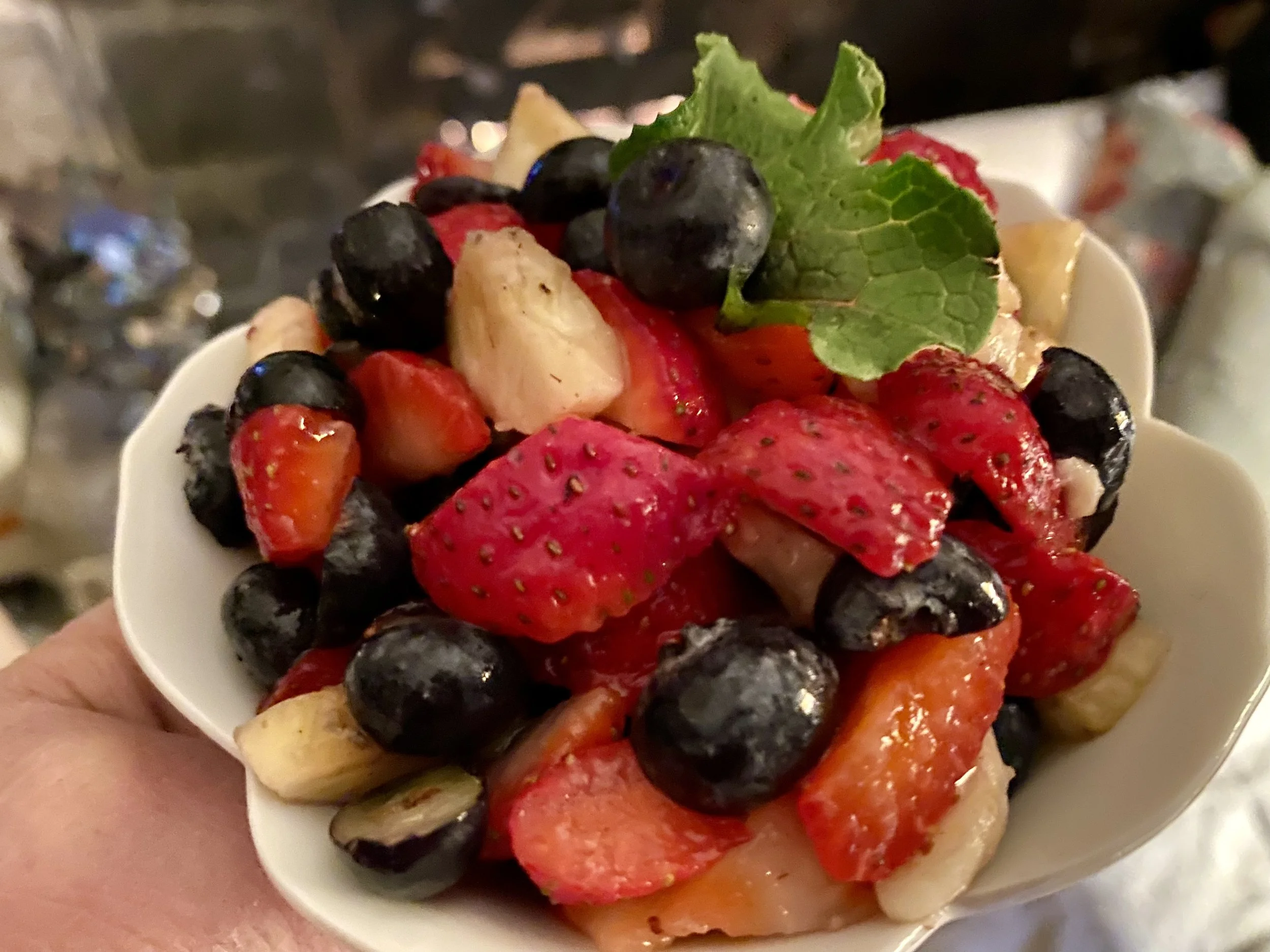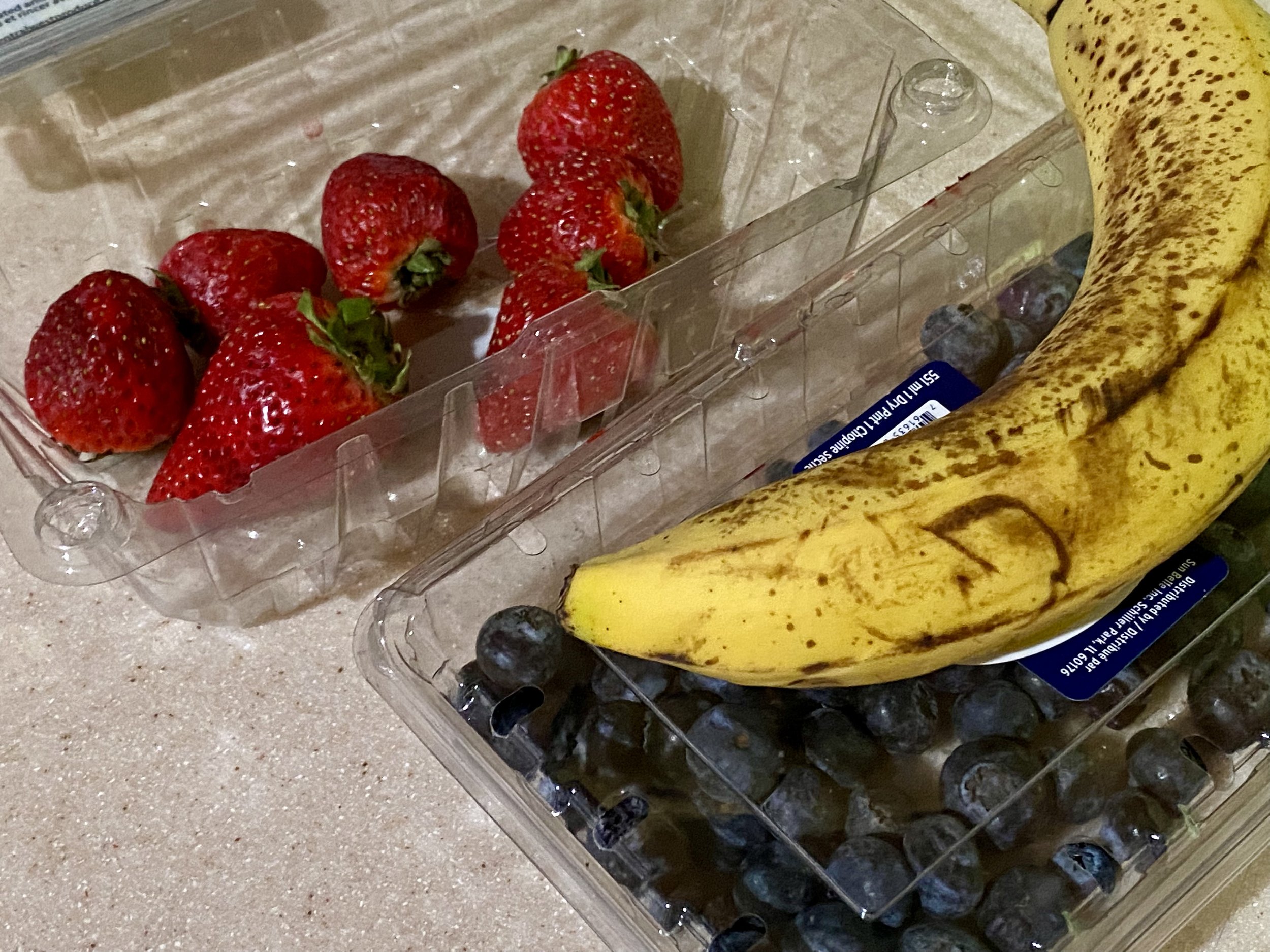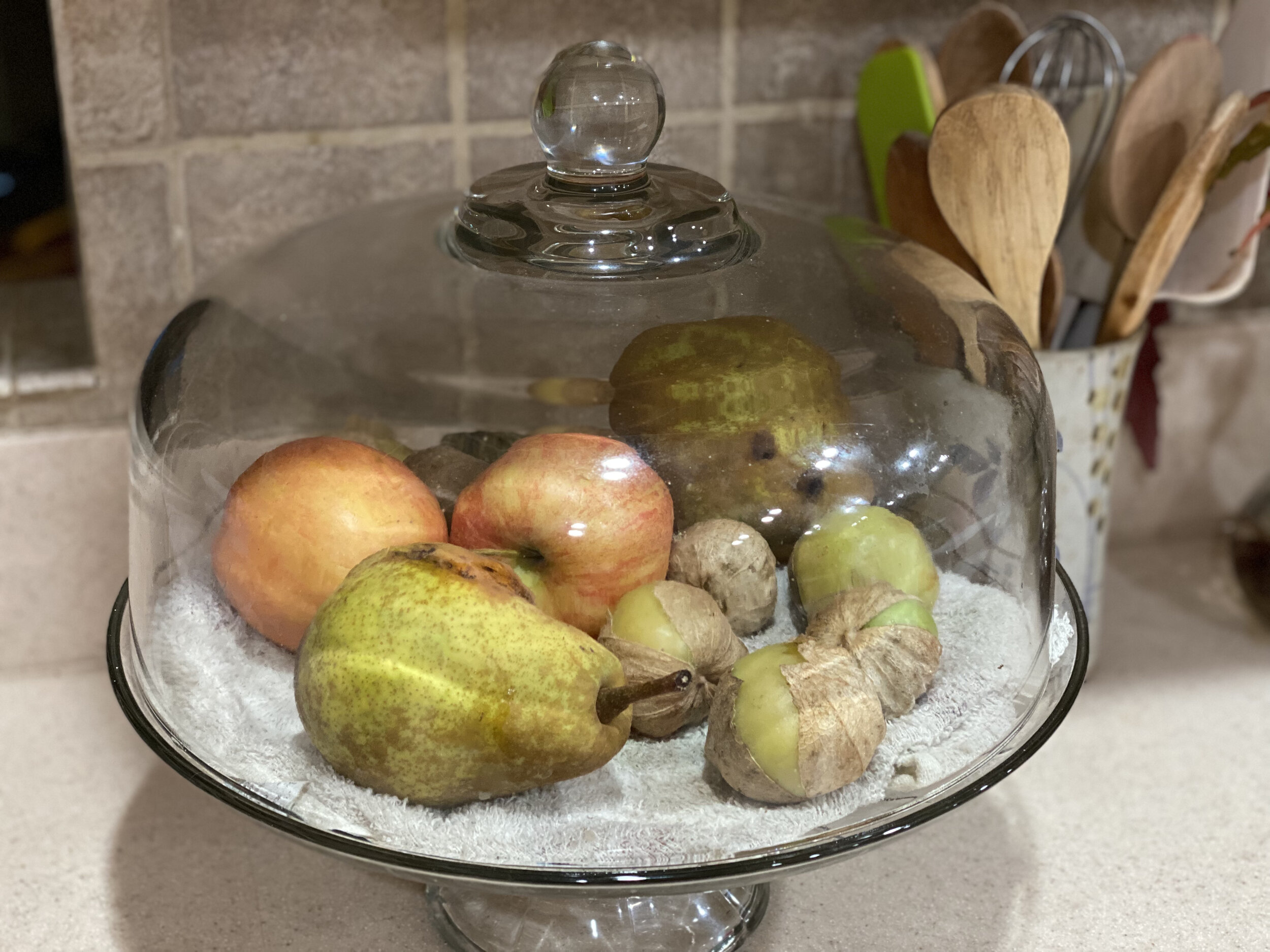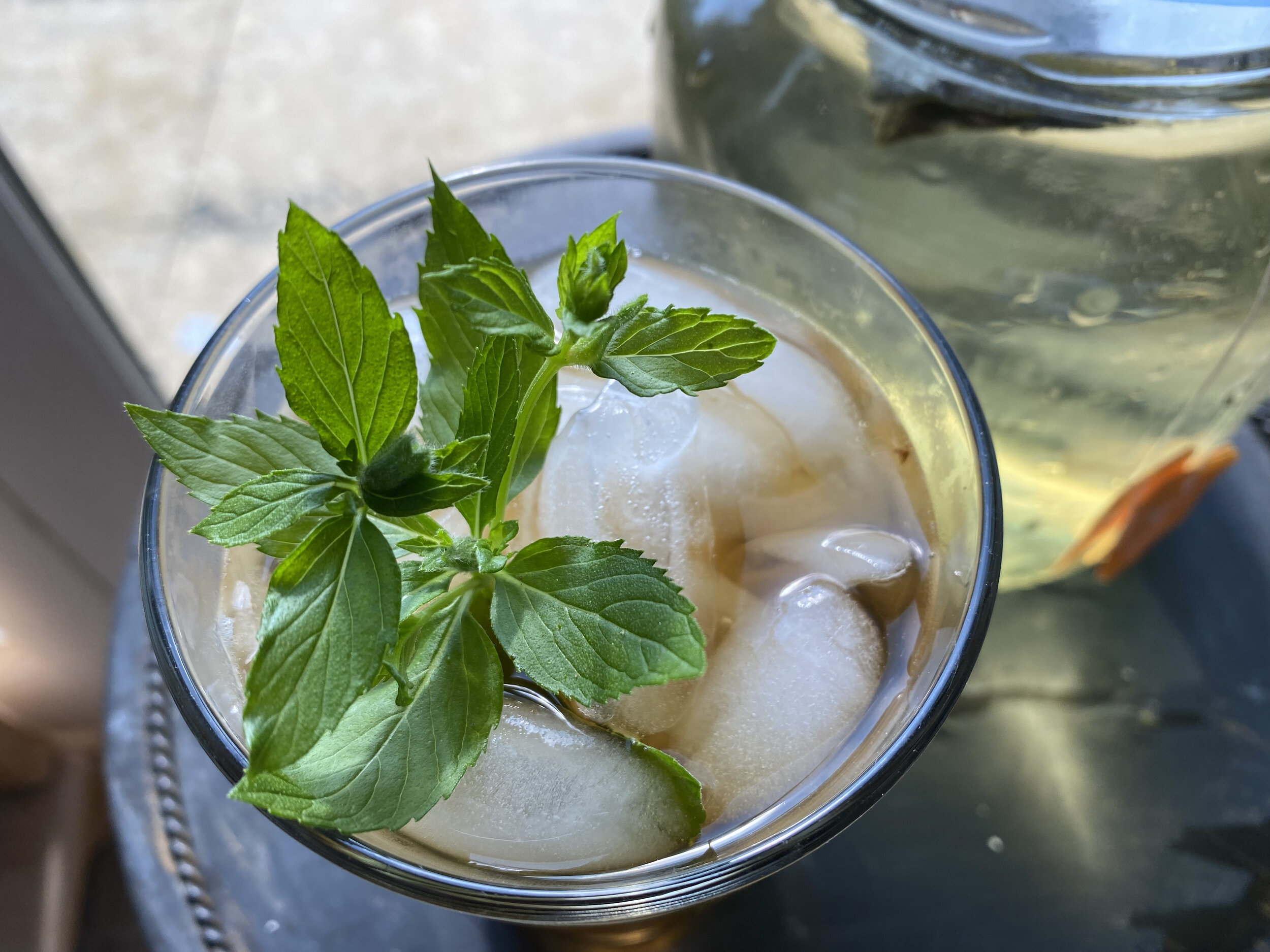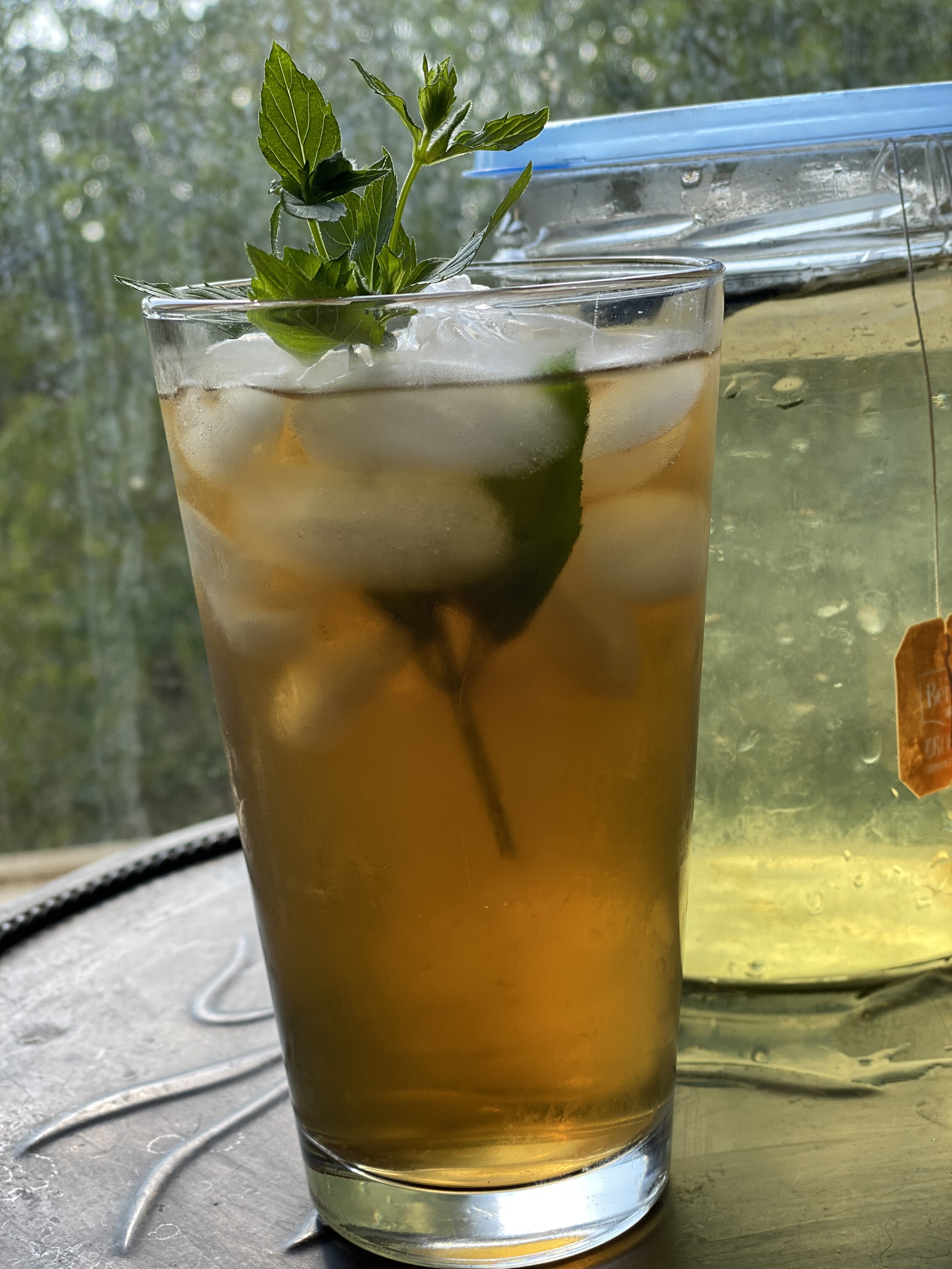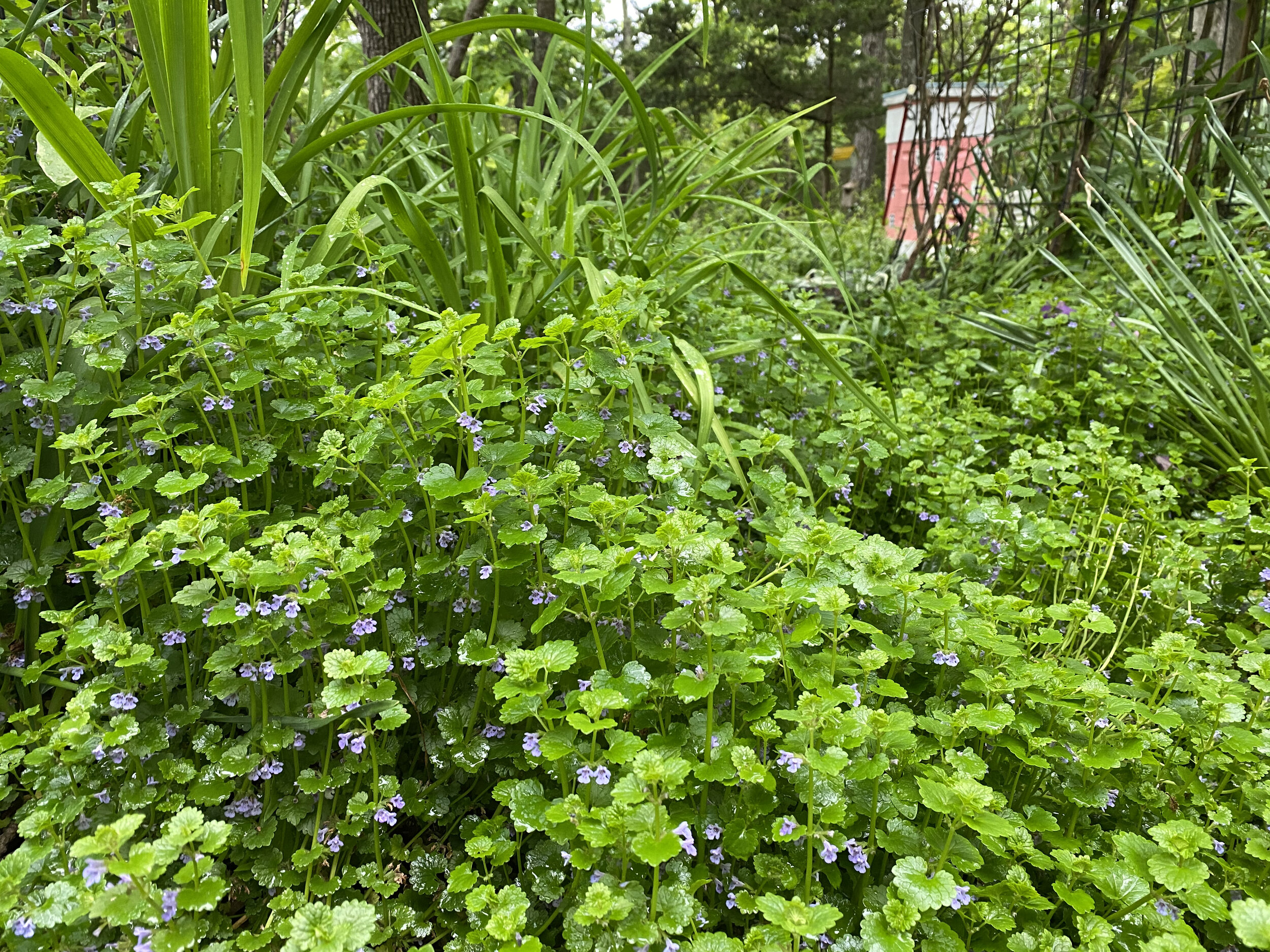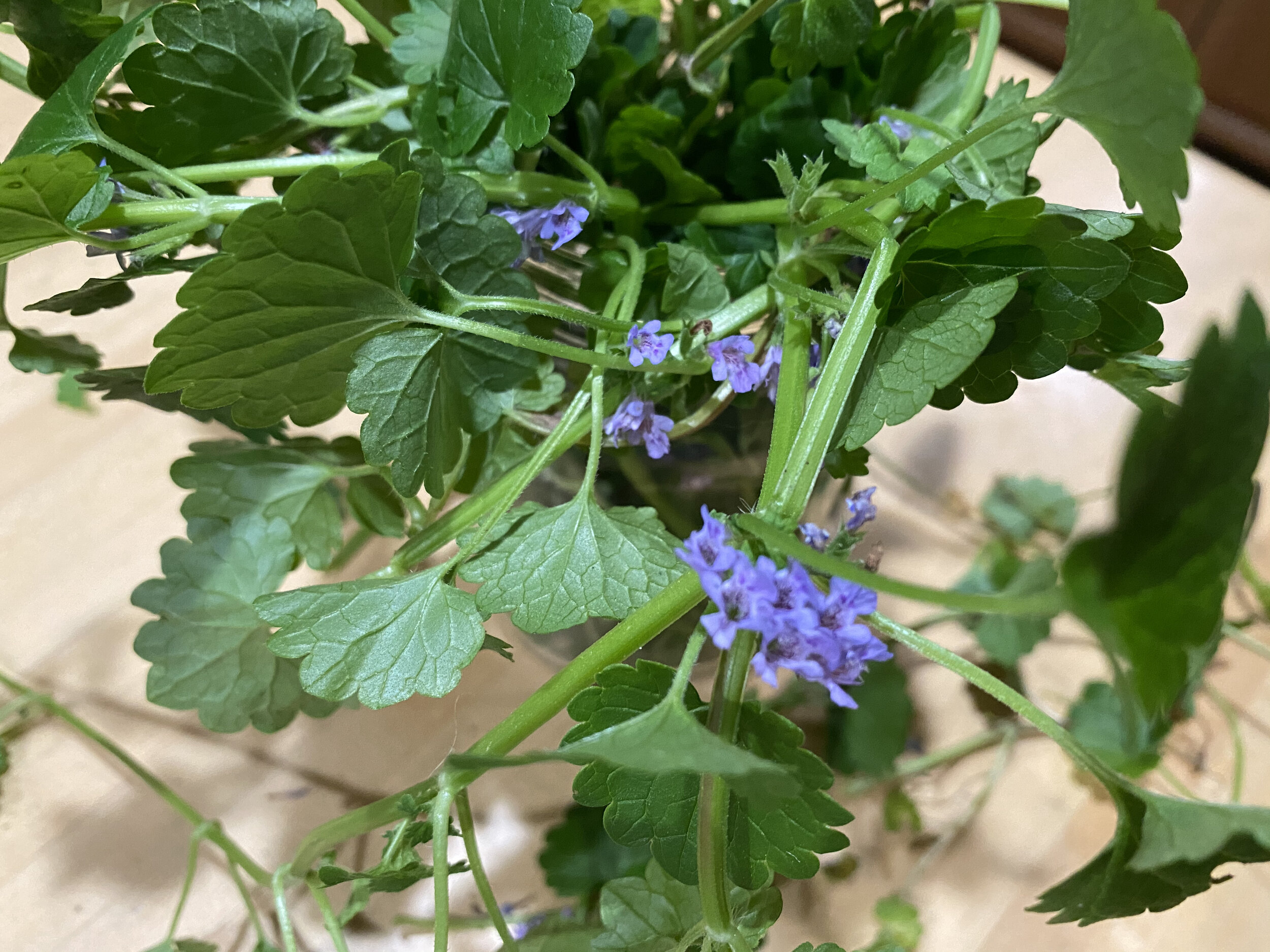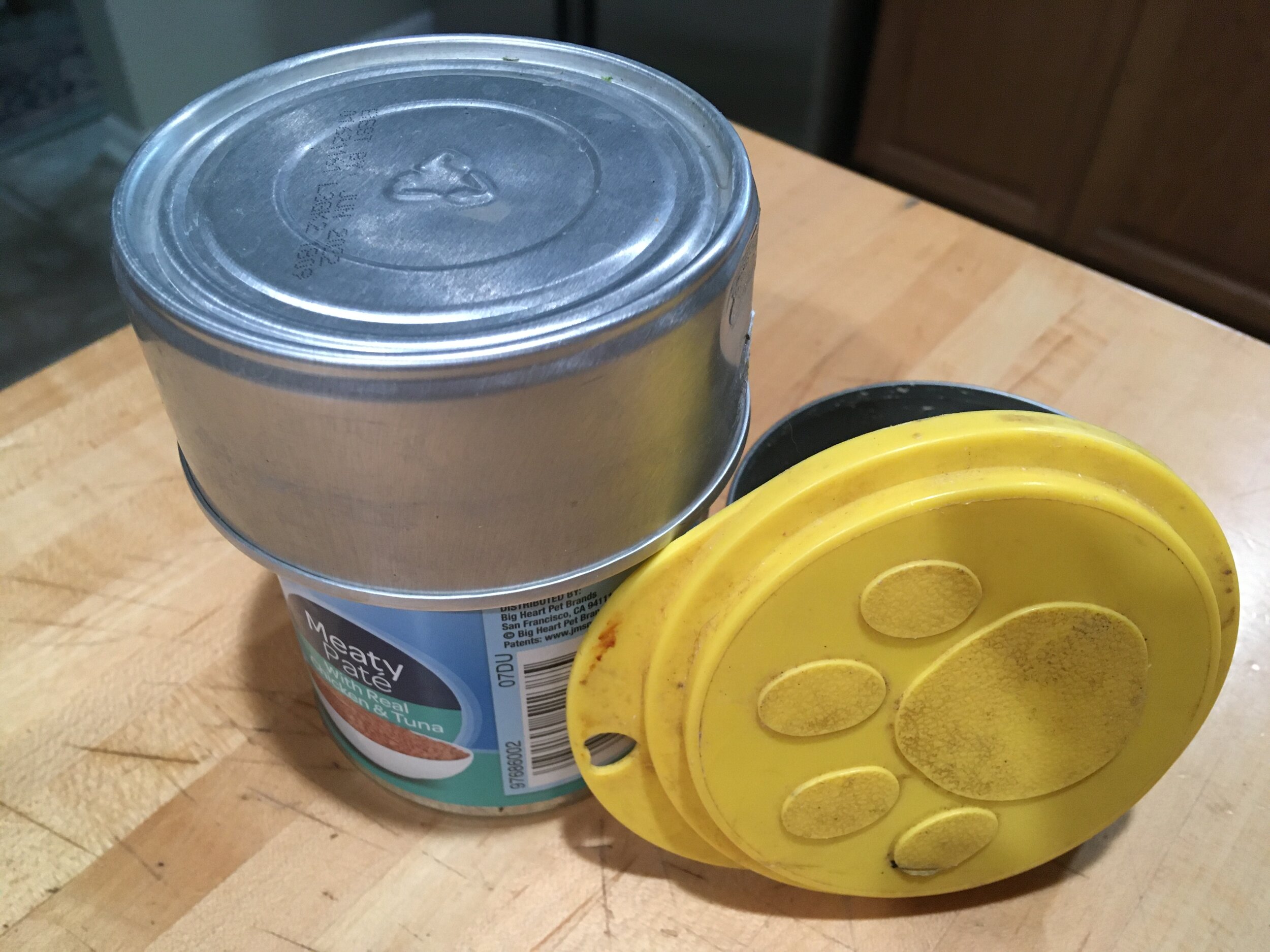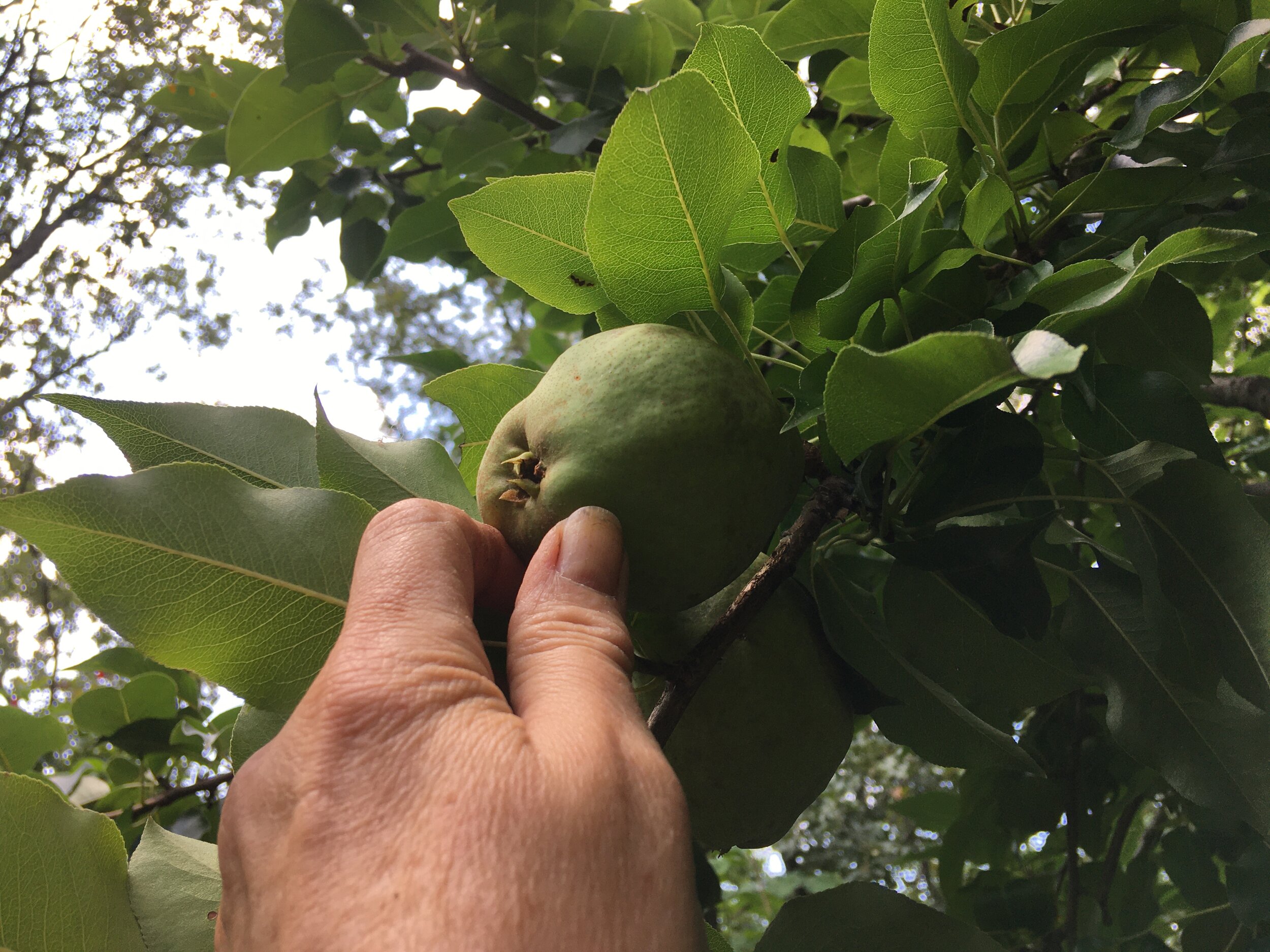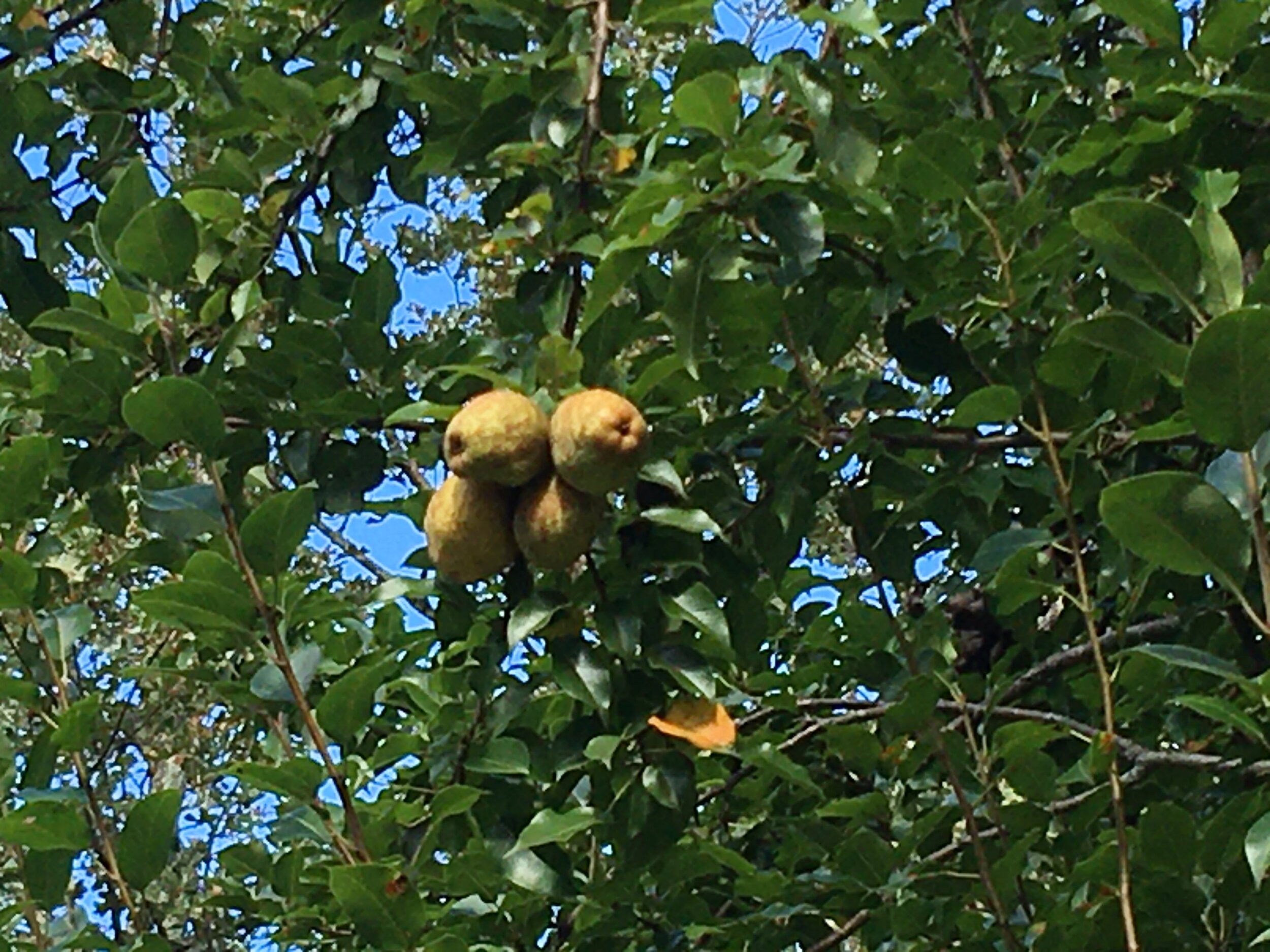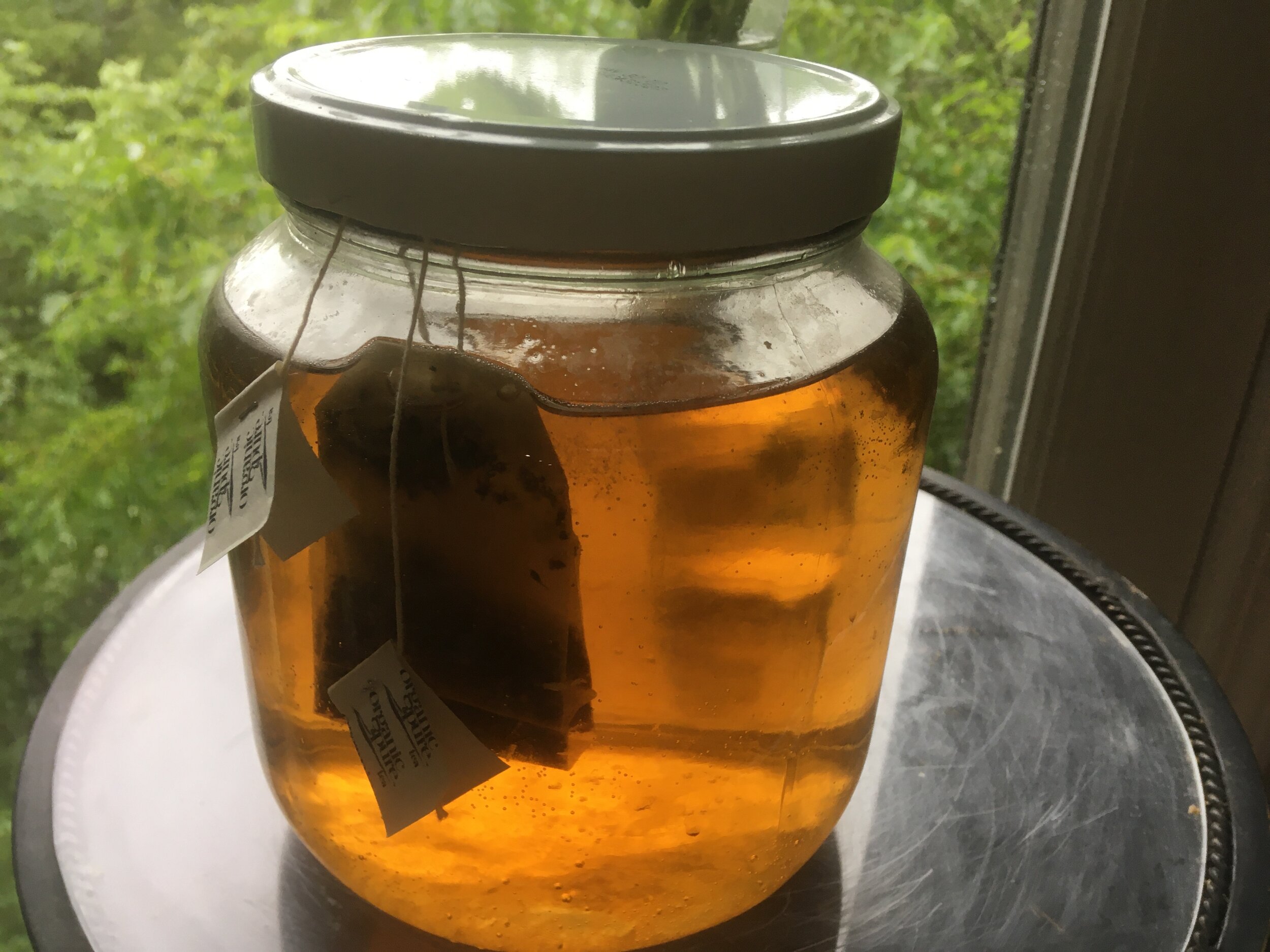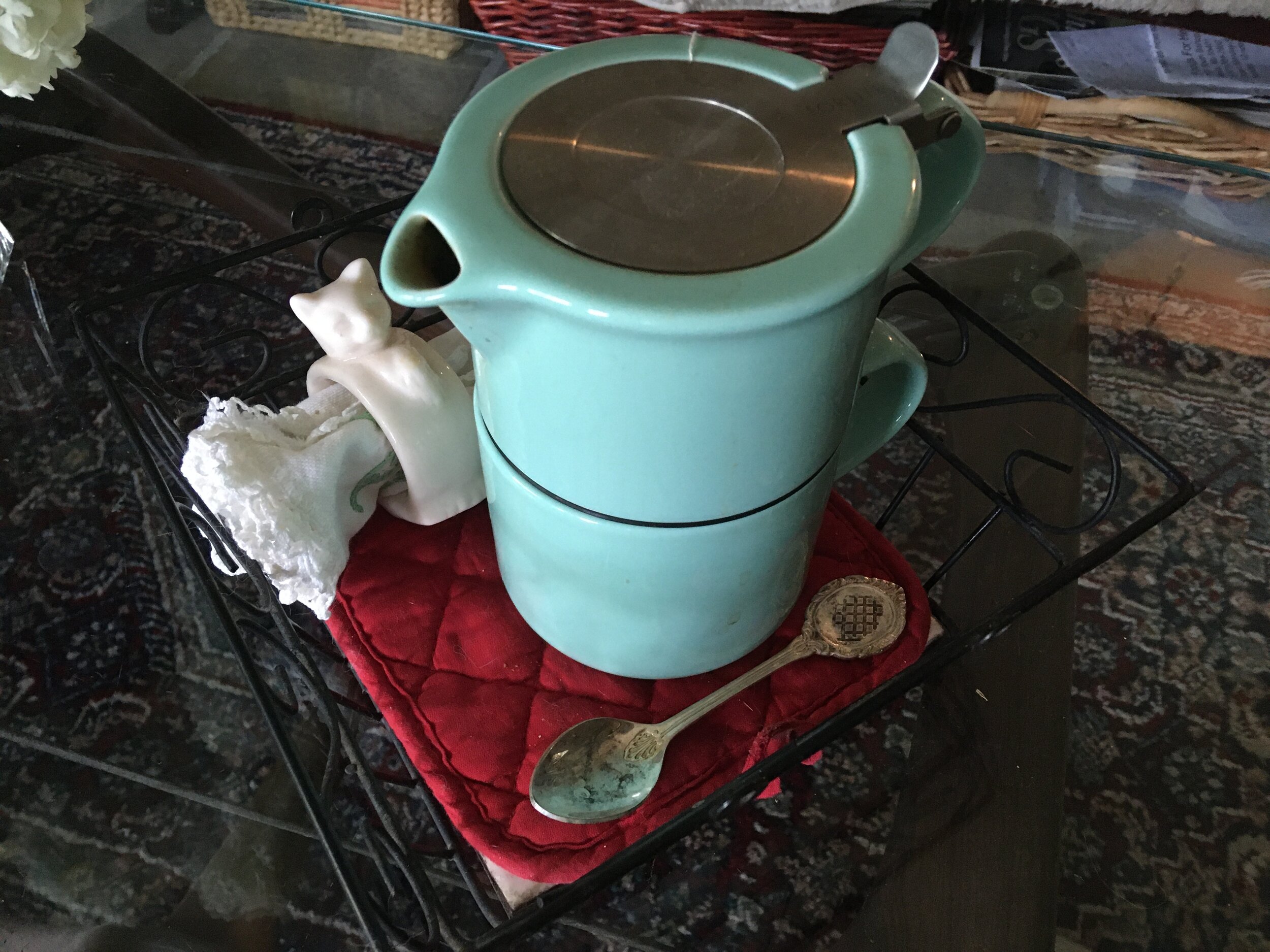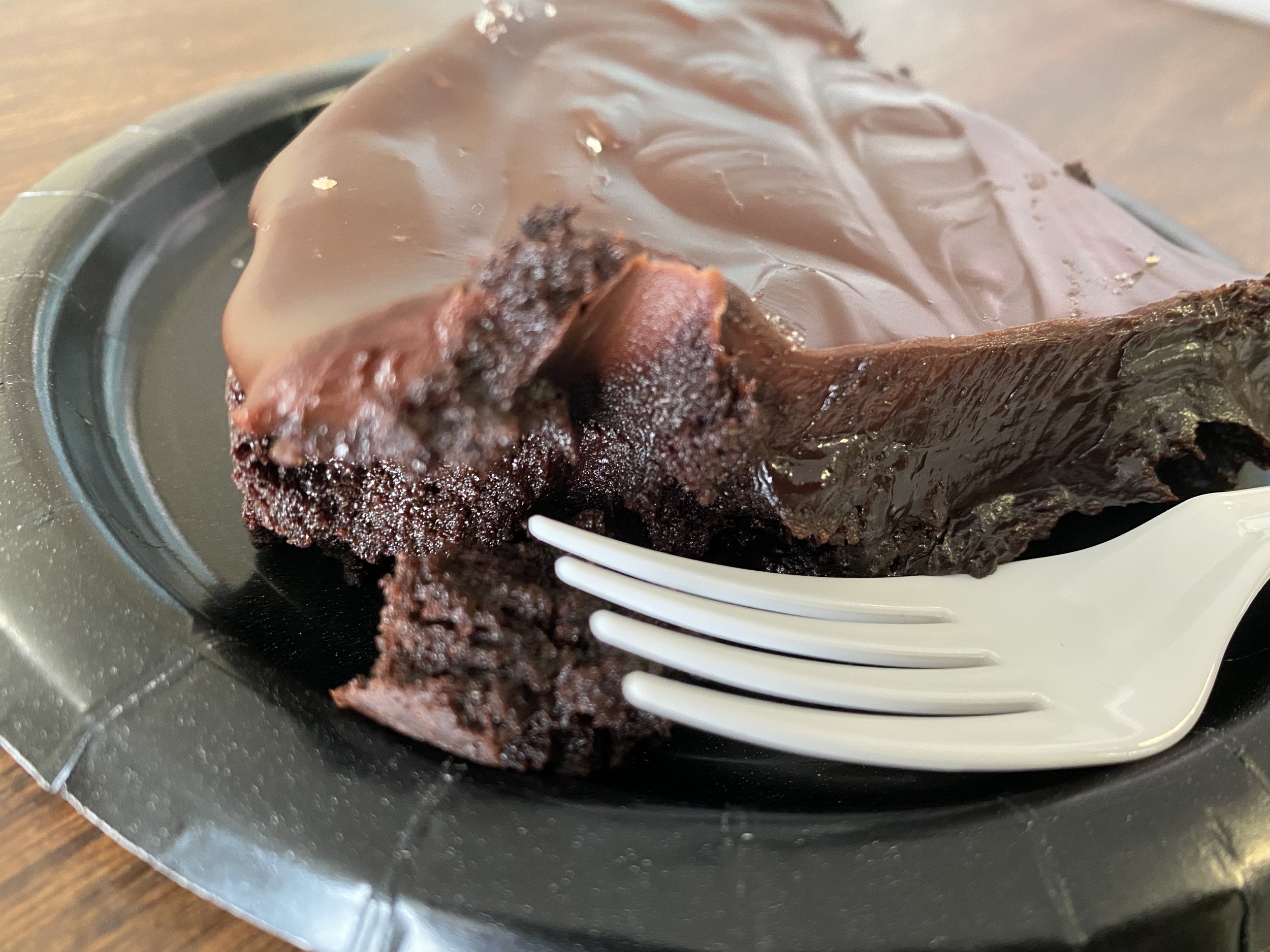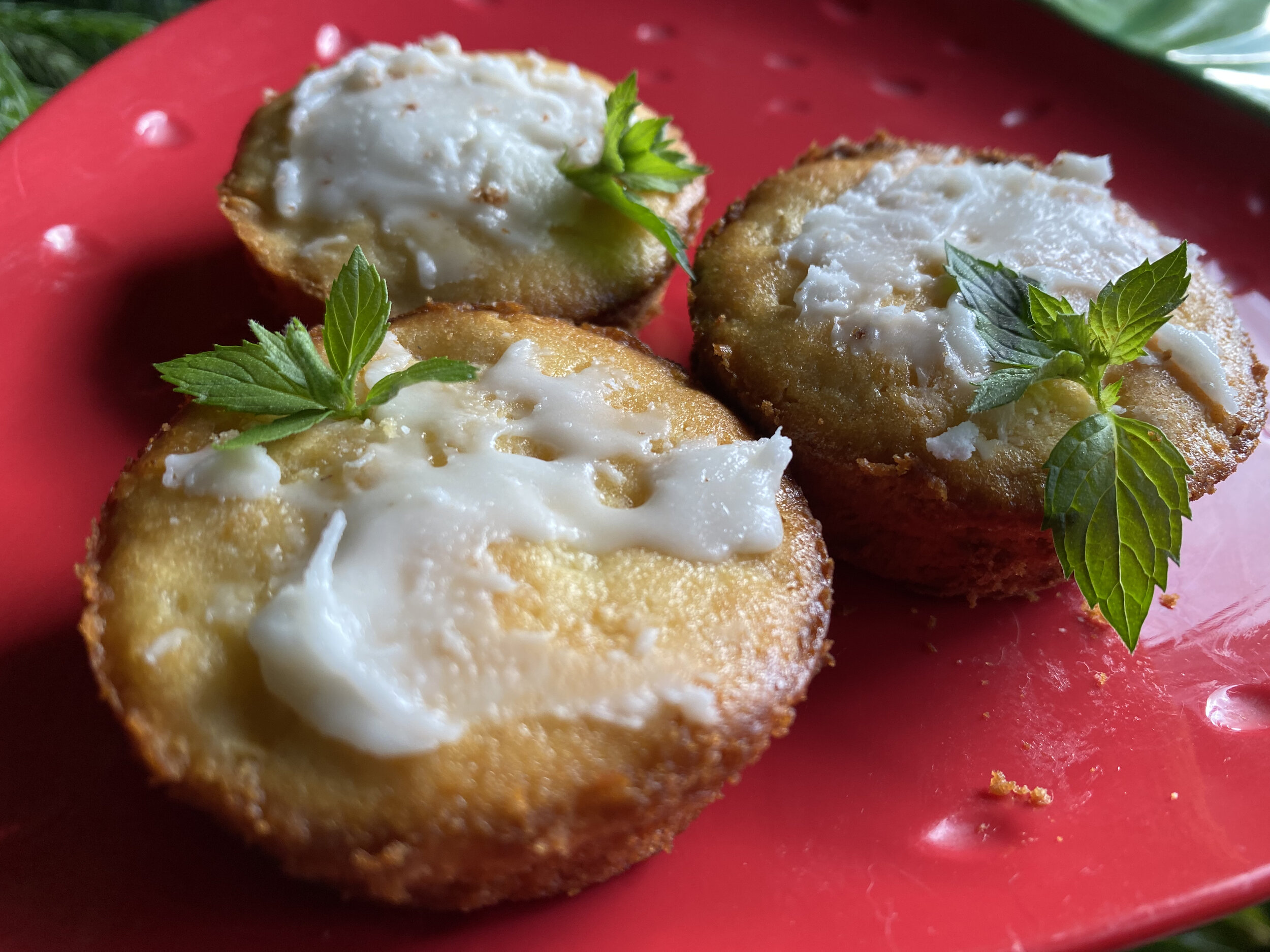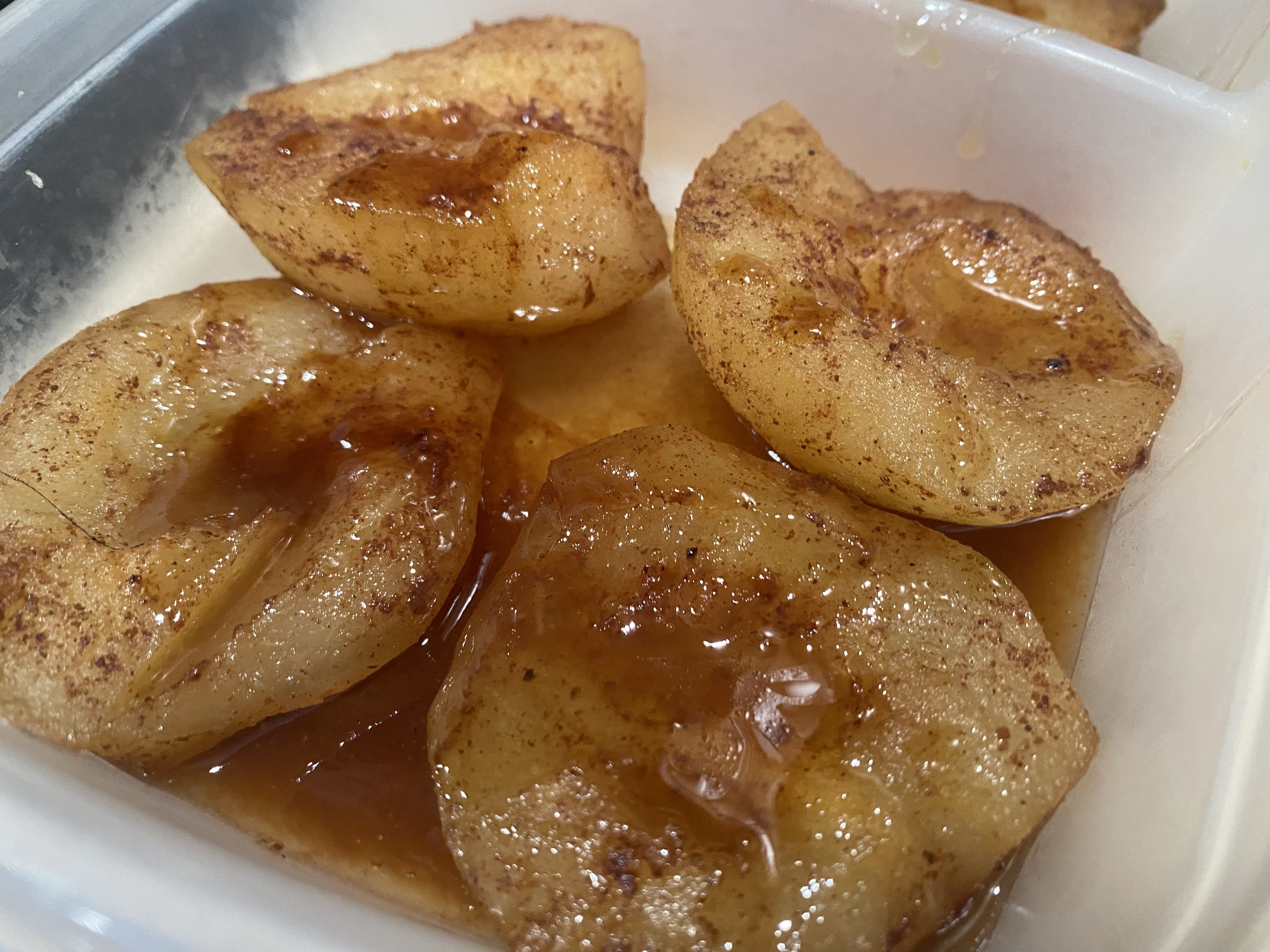Breakfast Sandwich
/Easy homemade breakfast sandwich with two-ingredient bread roll. (Charlotte Ekker Wiggins photo)
Breakfast Sandwich
I came across this recipe a few weeks back when I was looking for an easy non-bread-machine bread recipe.
Some people refer to the two-ingredient bread recipe as the Weight Watchers bread. A variety of items can be made from this easy recipe from cinnamon rolls to pretzels. I did not see how to make a breakfast sandwich so here’s my latest food experiment.
First, I dropped a spoonful of batter on a cookie sheet to make the rolls. I added an egg to the batter, which is recommended for making pretzels so I made a few pretzels, too. This recipe freezes well so it’s handy to get some basics in the freezer.
To make a breakfast sandwich, I fried half of a bacon strip per sandwich and added a fried egg. Scrambled eggs would work too but it could be messier to store.
Once the ingredients were together, I added a toothpick to hold everything and stored them in a plastic bag in the refrigerator.
When ready to eat, I heat it up in the microwave for 45 seconds.
Now I also made a fresh batch of biscuits, added the egg and bacon and individually froze them. That also works well so now you have an option to make your own homemade breakfast sandwich - and pull them out when you need them.

